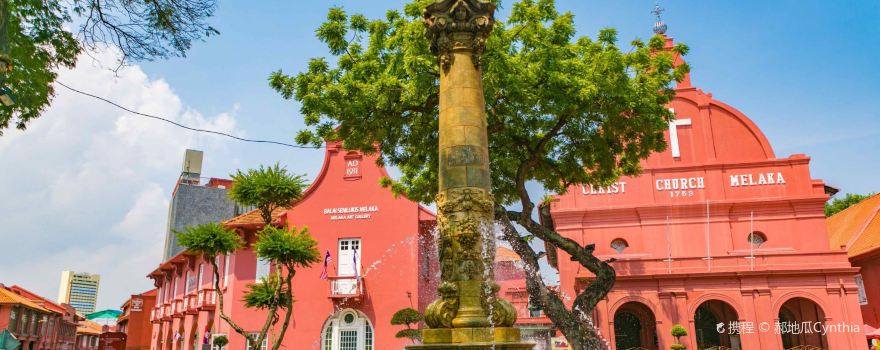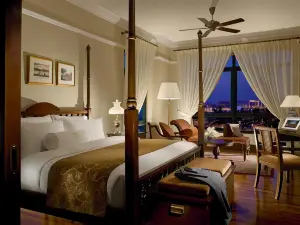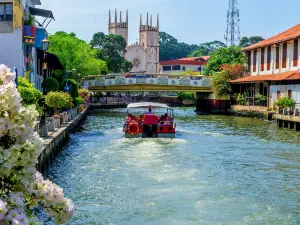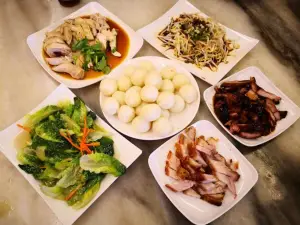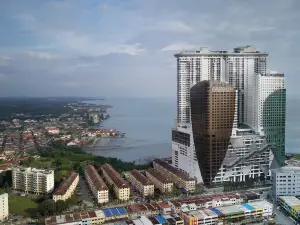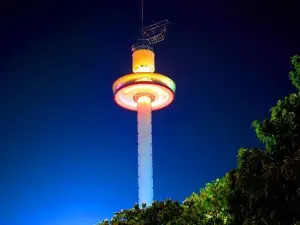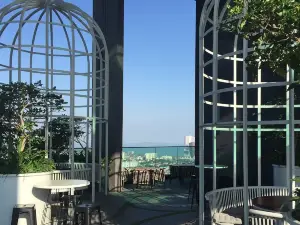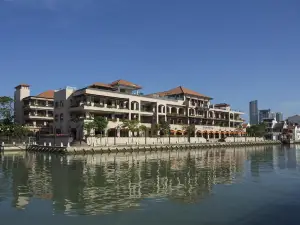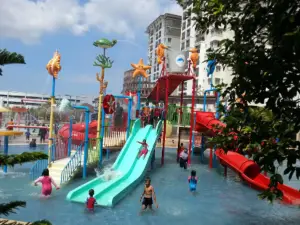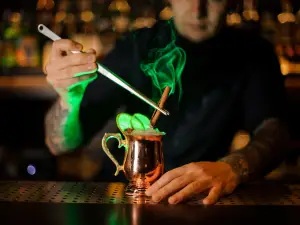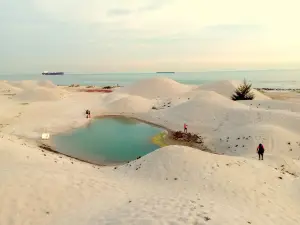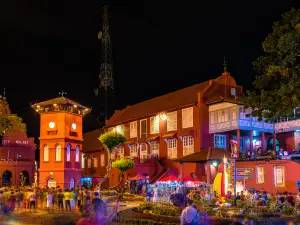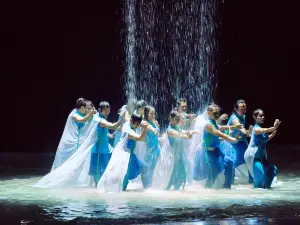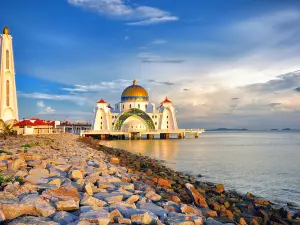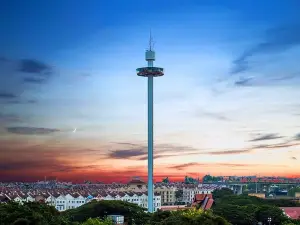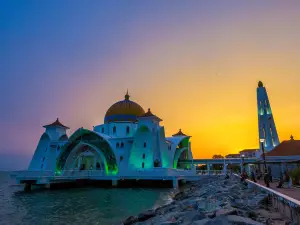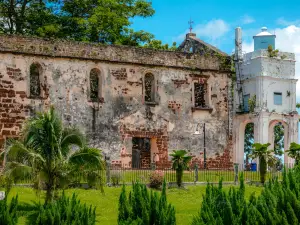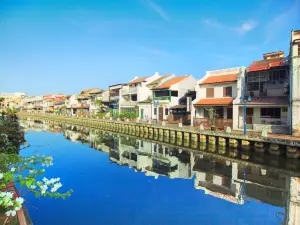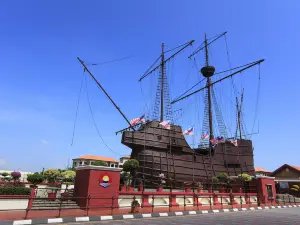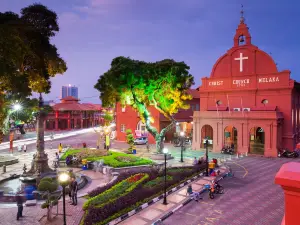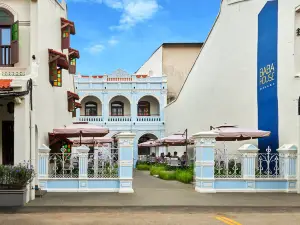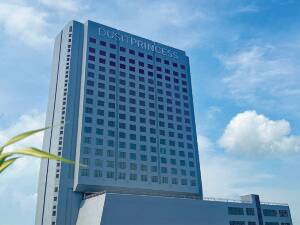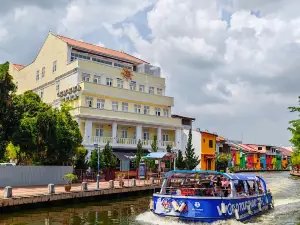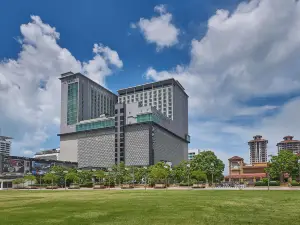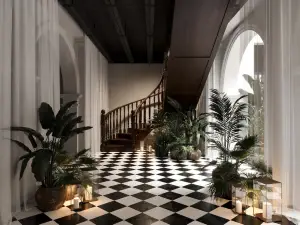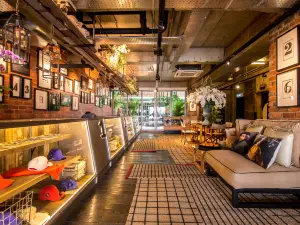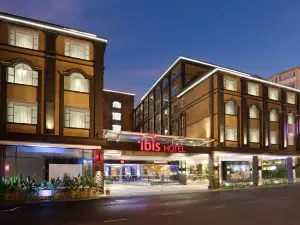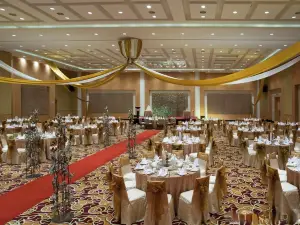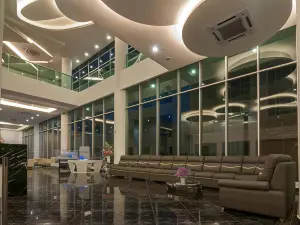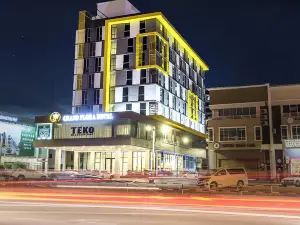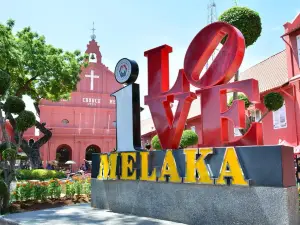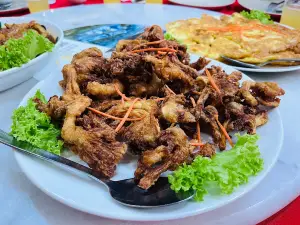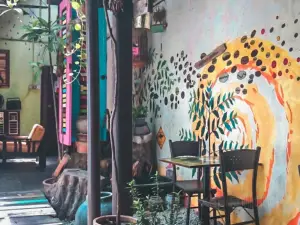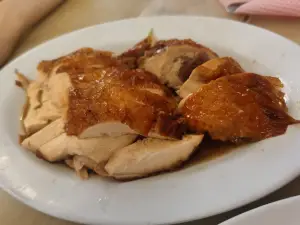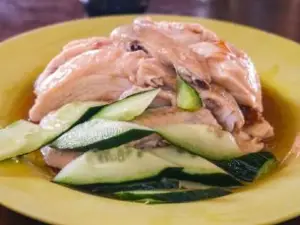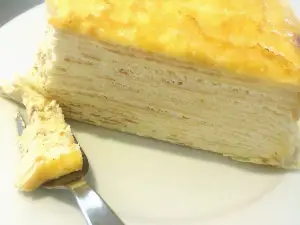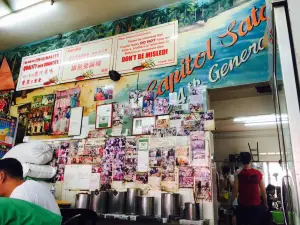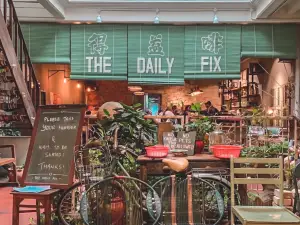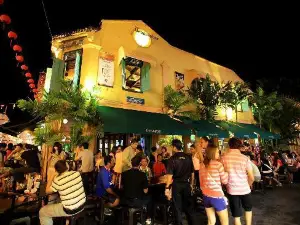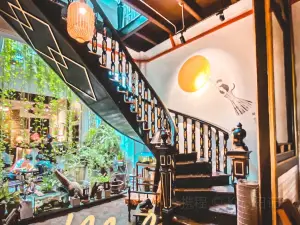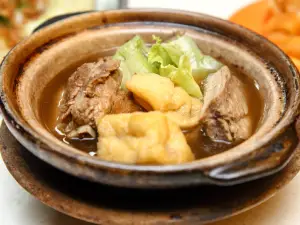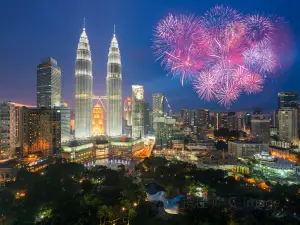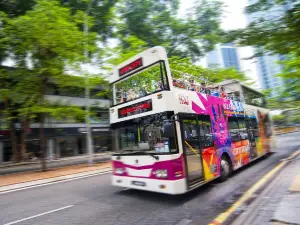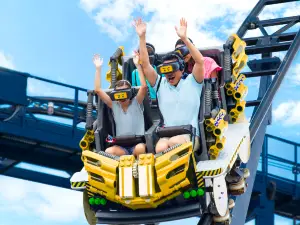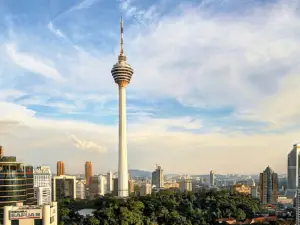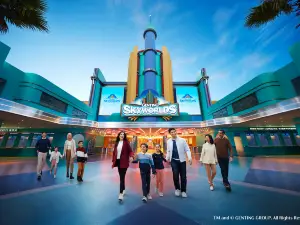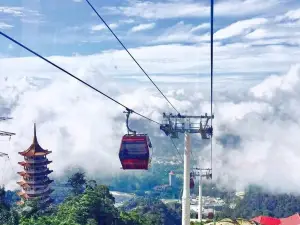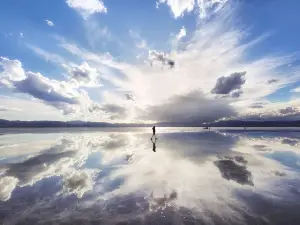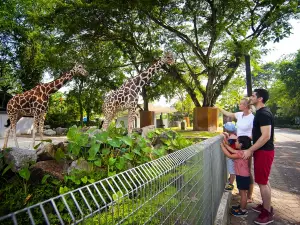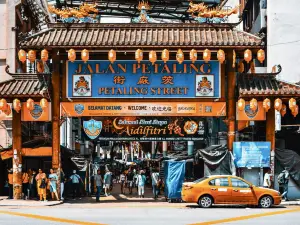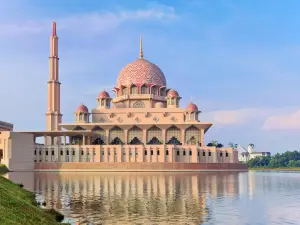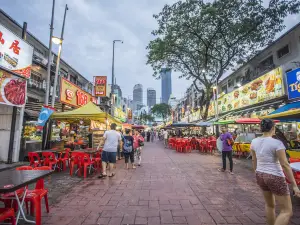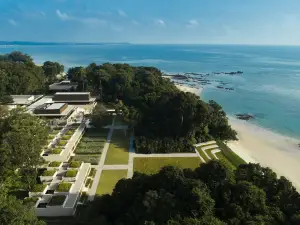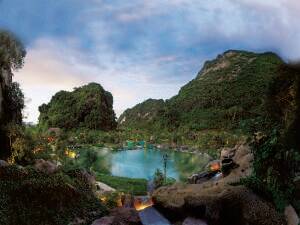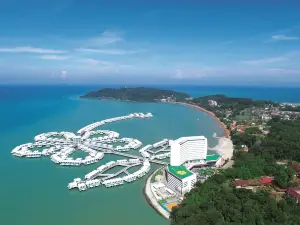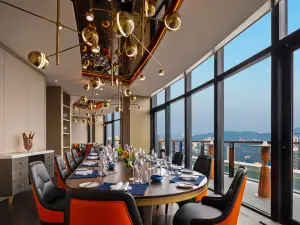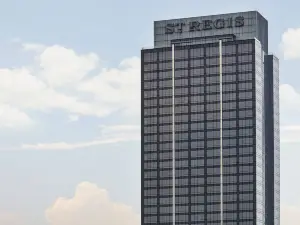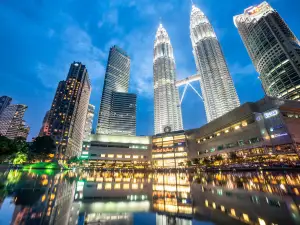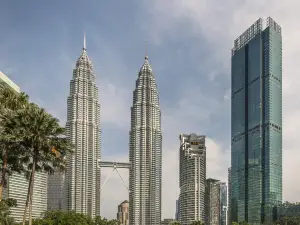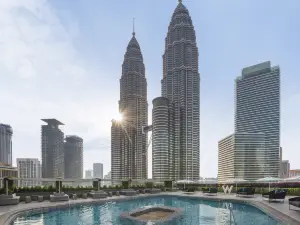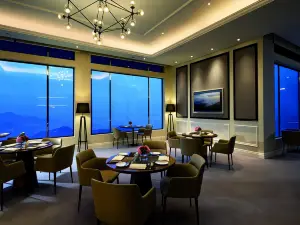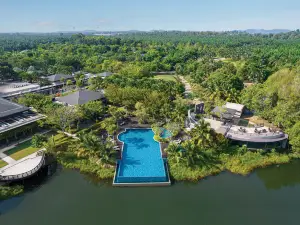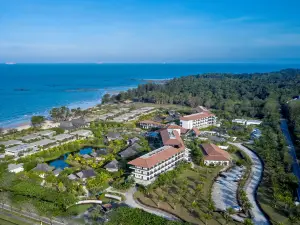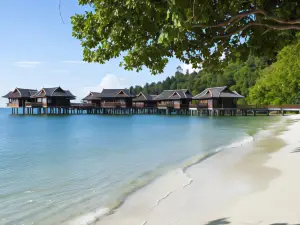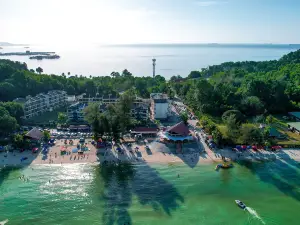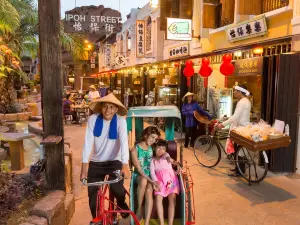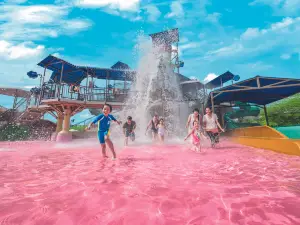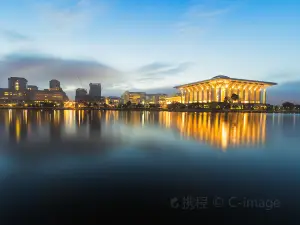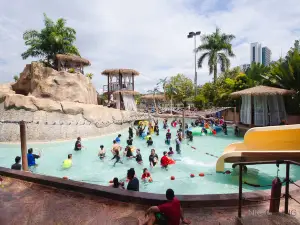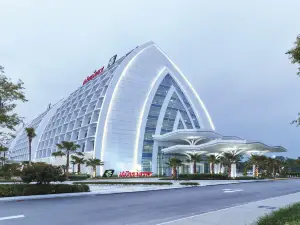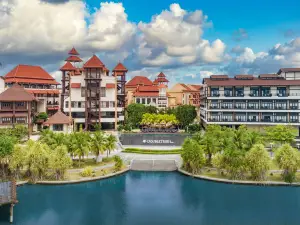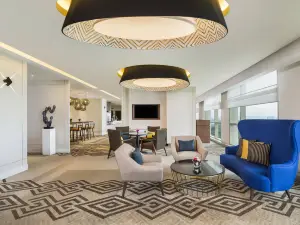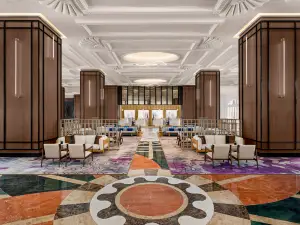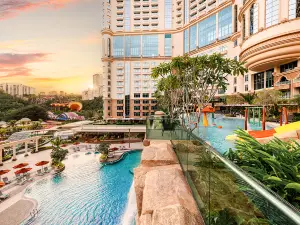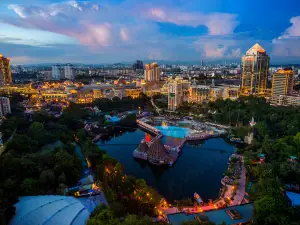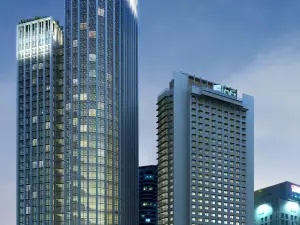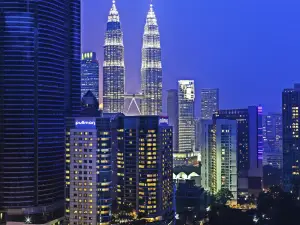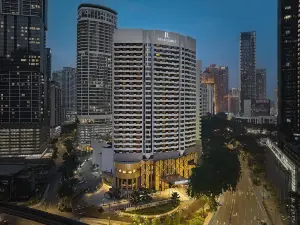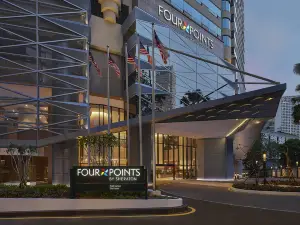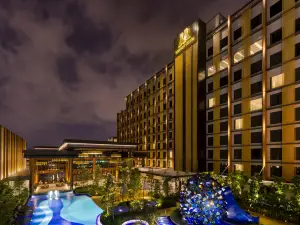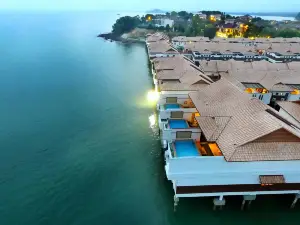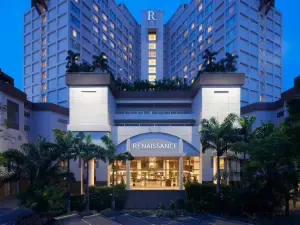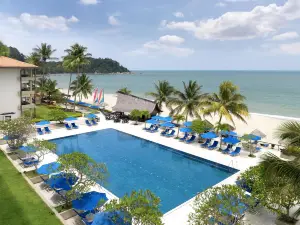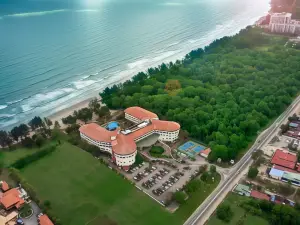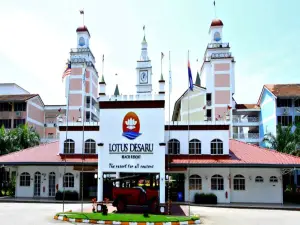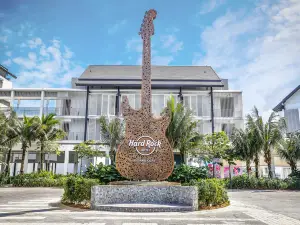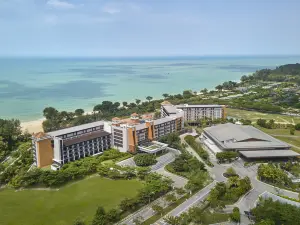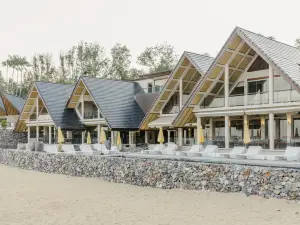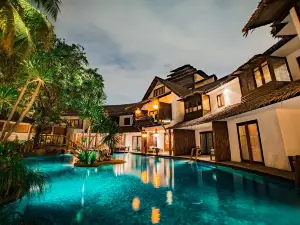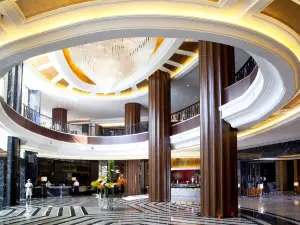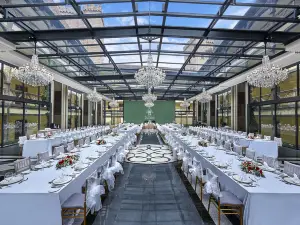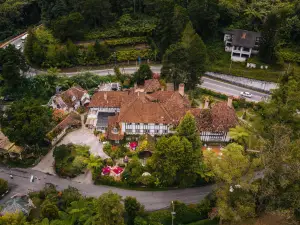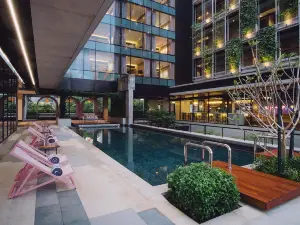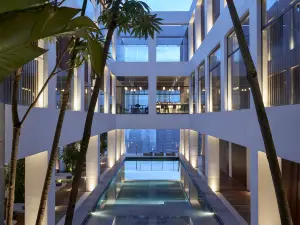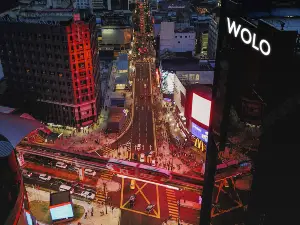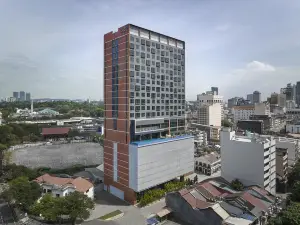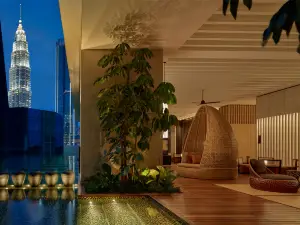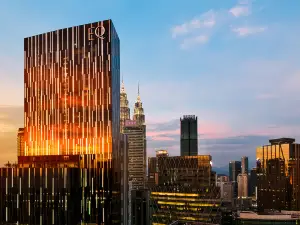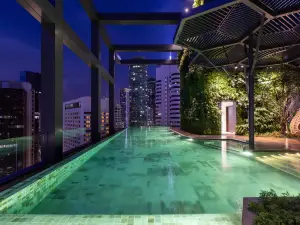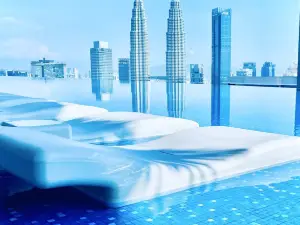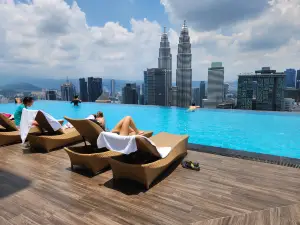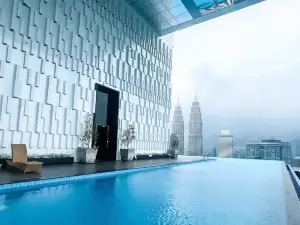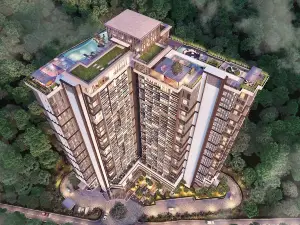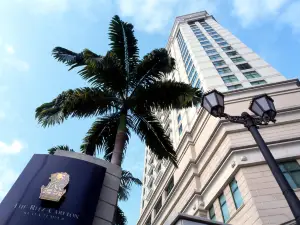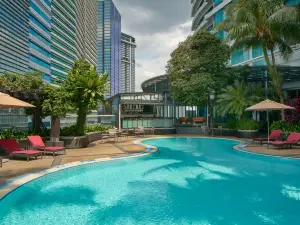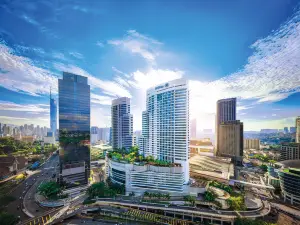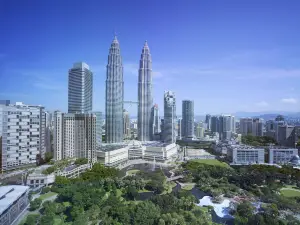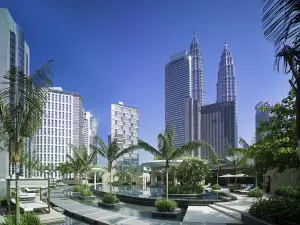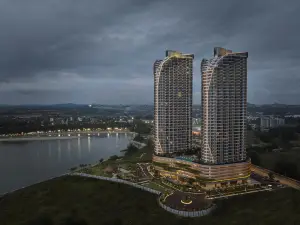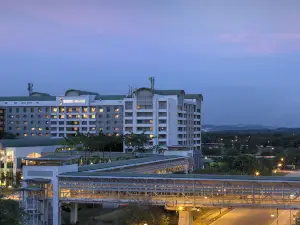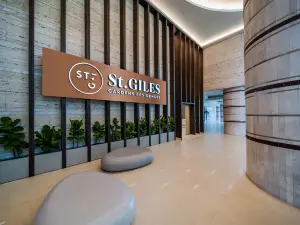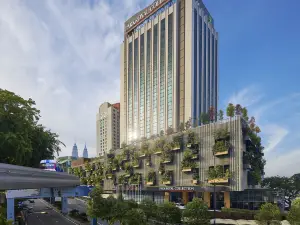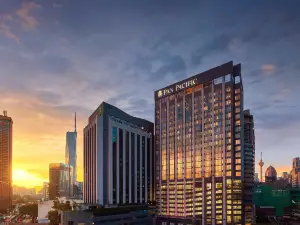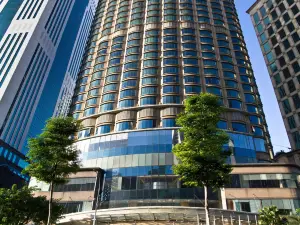Things to Do in Melaka in 2025 - Top Attractions, Local Food, Hotels & Travel Tips (Updated July 2025) | Trip.com
About Melaka
Recommended trip: 1–3 day(s)
Recommended trip: 1–3 day(s)Current Weather Conditions
Melaka Local Experiences Map

Trending in Melaka
Melaka Local Travel Guide 2025
Melaka Brief Guide
Malacca is located in Malaysia on the Straits of Malacca. The city's history was deeply influenced by Zheng He’s voyages to the Western Ocean during the Ming Dynasty. It was successively colonized by Portugal, Holland, England, and Japan. Thus, the architectural style here is very diverse. In 2008, Malacca and Penang together became World Heritage Sites. All of the shops and residences throughout the old quarter of the city have been subsequently restored to their former glory, thus making this historical city a living museum.
Melaka Must-try Local Experiences
1. Journey through Melaka's Historic Heart Explore Melaka's UNESCO World Heritage Site, including Dutch Square, Church of Saint Paul, Malacca, and A'Famosa. Don't miss the Melaka Sultanate Palace Museum and the Muzium Samudera (Flor de La Mar) for a deep dive into the city's colonial history. 2. Cruise the Malacca River Enjoy a scenic boat ride along the Malacca River to admire colorful murals, historic buildings, and picturesque views. Choose a daytime or evening cruise for different experiences. 3. Discover Jonker Walk Melaka Stroll through Jonker Walk Melaka for antique shops, clothing stores, and vibrant night markets. It's a great place to shop for souvenirs and sample local street food. 4. Uncover the Magic of the Baba & Nyonya Heritage Museum Visit the Baba & Nyonya Heritage Museum to learn about the Peranakan culture, a blend of Chinese and Malay traditions. Admire the intricate architecture and antique furnishings. 5. Participate in Traditional Batik Painting Join a batik painting workshop to learn the traditional art of wax-resist dyeing and create your own batik masterpiece. 6. Sample Local Cuisine Try Melaka's famous dishes such as Chicken Rice Balls, Satay Celup, and Nyonya Laksa. Don't miss Cendol, a refreshing dessert. 7. Strike a Pose at the 'I Love Melaka' Sign Snap a classic tourist photo at the iconic 'I Love Melaka' sign near Dutch Square to commemorate your visit. 8. Capture the Beauty of the Kampung Hulu Mosque Take stunning photos of the Kampung Hulu Mosque, especially during sunset, for a picturesque view against the Straits of Melaka. 9. Photograph the Colorful Street Art Explore vibrant street art around Melaka, especially along the Melaka River and Jonker Walk Melaka, for excellent photo opportunities.
Melaka Must-see Attractions
Melaka, a city steeped in history, offers a rich tapestry of cultural and historical attractions, from the iconic red Stadthuys and bustling Jonker Street to the strategic Malacca Strait, the rejuvenated Malacca River, and the ancient ruins of St. Paul's Church, each telling the story of the region's diverse colonial and maritime heritage.
Melaka Food Guide
Melaka's food is a rich tapestry of cultural fusion, featuring unique dishes like the earthy and aromatic Ayam Buah Keluak, the practical yet popular Chicken Rice Balls, and the refreshing Cendol dessert, distinguished by its use of local gula Melaka palm sugar.
Melaka Transportation
Melaka's transportation infrastructure is centered around its bus terminal and railway station, which are crucial for intercity travel. Melaka Sentral Bus Terminal is the primary hub for long-distance bus services in Malacca, connecting the city to various destinations within Malaysia and Singapore. Located in the Peringgit district, it's a short drive from the historical center of Malacca. To reach the city from Melaka Sentral, travelers can take a taxi from the coupon taxi stand or use local buses. The terminal itself offers a range of amenities, including ticket counters, food outlets, and shops. Batang Melaka Railway Station, on the other hand, serves as one of the two railway stations in the state of Melaka. It was rebuilt in 2013 and began operations in 2014, offering facilities such as free parking and disabled access. The station is accessible via the KTM Electric Train Service (ETS) and Intercity South Main Line train services, with ETS covering long-distance routes and intercity trains traveling between JB Sentral and Tampin. Travelers can reach Batang Melaka Railway Station by boarding either the ETS or intercity train services.
Melaka Where to Stay
Melaka, also known as Malacca, is a city steeped in history and culture, offering travelers a rich tapestry of experiences. The city's accommodation is spread across several key areas, each with its own unique charm and convenience for visitors.
Melaka Best Time To Visit
The best time to visit Melaka is during the dry months of April, May, and October. During these months, the weather is hot and humid but with less rainfall, making it ideal for exploring the city's rich cultural heritage and outdoor activities. April and May fall within the shoulder season, offering warm days without excessive rain or heat, perfect for sightseeing and attending outdoor festivals. October is also favorable as it sees the least rainfall on average, allowing visitors to enjoy the city without rain interrupting their plans.
Melaka Travel Tips
1. Ramadan Considerations: If visiting during Ramadan, be respectful by not eating, drinking, or smoking in public during daylight hours. Many restaurants may have altered hours, so plan accordingly. 2. Beware of Heatstroke: Melaka's hot and humid climate can lead to heatstroke. Stay hydrated, wear light clothing, and take breaks in air-conditioned spaces. Avoid sugary or alcoholic drinks, and be cautious of sunburn. Know the symptoms and seek medical help if needed. 3. Watch for Monkeys: Monkeys are common in some areas, especially near St. Paul's Hill. Keep food out of sight and don't feed them, as they can become aggressive. Secure your belongings to prevent theft. They are known to snatch bags and food items from visitors. 4. Tipping Not Expected: Tipping is not customary in Melaka. Most restaurants include a service charge in the bill. However, if you receive exceptional service, a small tip will be appreciated but not expected.
Melaka Useful Guide
Melaka, a Malaysian state, is linguistically diverse. The official language is Malay, but English, Mandarin, and various Chinese dialects are also spoken, with Hokkien being prominent. The Peranakan community speaks Baba Malay, a creole with Hokkien influences, while the Portuguese Eurasian community uses Kristang, a Portuguese-based creole. Multilingualism is common due to the state's cultural diversity, with influences from historical occupations and migrations. When facing language barriers, travelers can use translation apps or rely on non-verbal communication like gestures.
Trip.Best: Melaka
Things to do in Melaka
What to Do
Where to Stay
What to Eat
Melaka Moments: Through Travelers' Eyes

Malacca, Malaysia

8-Day Singapore and Malaysia Trip: Explore Two Countries with This Super Useful Guide!

Visa-free travel to Singapore and Malaysia - don't miss out! A comprehensive guide is here!

First time in Malacca? Just copy this one-day itinerary!

5-Day Malaysia Tour for Only 2k Per Person!

The Most Beautiful Souvenir Shop in Melaka

Melaka | Secret Beachfront Hotel Even Locals Don’t Know About!

How to spend 2 days in Melaka
Best of Melaka
Site Operator: Trip.com Travel Singapore Pte. Ltd.
